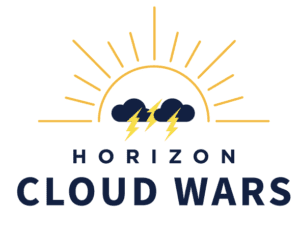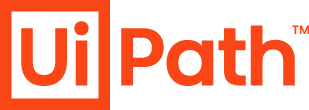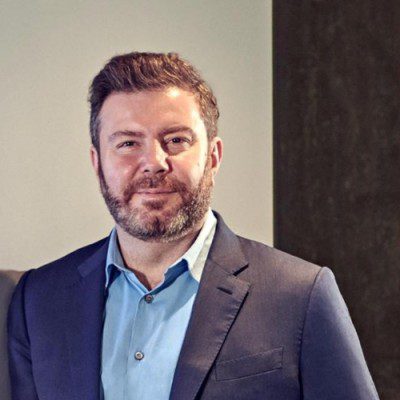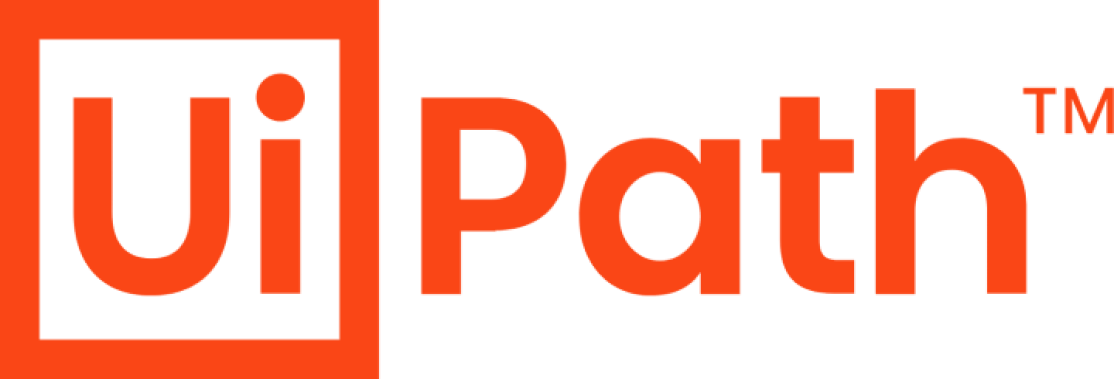
In the earliest days of Covid-19, New York, like many states, faced the risk of fraud and financial losses as unemployment claims skyrocketed. A key part of its strategy to protect against fraud and continue to fulfill claims: The use of software robots that scrutinized claims and helped the state work through the deluge in a highly compressed timeframe.
That’s one great example of the way that robots perform repetitive functions – such as extracting data or completing keystrokes — typically handled by humans. But robots can do the work faster and with greater accuracy.
The company behind the technology that helped New York State, UiPath, says that helping businesses in crises, such as Covid-19, has emerged as a critical use case for its technology. And helping customers solve critical business problems is a key reason UiPath is on a steep growth trajectory.
Impressive Growth
| Ui Path Quarter | Revenue | Growth | ARR | Growth |
| Q1 FY23 | $245.1M | 32% | $977.1M | 50% |
| Q4 FY22 | $289.7M | 39% | $925.3M | 59% |
| Q3 FY 22 | $220.8M | 50% | $818.4M | 58% |
| Q2 FY22 | $195.5M | 40% | $726.5M | 60% |
| Q1 FY22 | $186.2M | 65% | $652.6M | 64% |
UiPath stock is on the long list of those beaten down in recent months: The stock traded in the mid $70s one year ago, and it is trading below $20 today. Its current market cap in the range of $10 billion compares with more than $30 billion one year ago.
Who is UiPath?
UiPath is widely regarded as the top player in Robotic Process Automation (RPA) — the application of intelligence in the form of software robots to automate common business processes — or what is also referred to more simply as automation. Robots supplement humans instead of replacing them — the company says its purpose is to “accelerate human achievement.”

The company started in 2005 in Bucharest, Romania, led by Daniel Dines who remains co-CEO. He was joined in recent weeks as co-CEO by Robert Enslin who moved from Google and lends even more credibility to the company’s ability to serve the largest enterprise customers. Today, UiPath has 40-plus offices around the world, with US Headquarters in New York City.
In their earnings conference call, officials struck an optimistic note about the strength of automation software as a linchpin of business transformation and streamlining processes, indicating that even amid macroeconomic uncertainty, demand for automation software remains strong.


What Does UiPath Do?
UiPath offers a suite of tools with components to:
- Discover how current processes work through applications, including process mining and task mining.
- Build applications through an integration service, app marketplace, and more.
- Manage applications through UiPath Orchestrator.
- Engage and act on data gathered by robots through an action center, an assistant, and applications.
Want to know how automation, AI, and RPA can deliver real-world benefits? Check out the AI/ML track at Cloud Wars Expo, June 28-30 in San Francisco.
“We’re really focused on helping companies discover, build, manage, run, engage and measure their entire end-to-end automation lifecycle,” says Bobby Patrick, CMO.

“You can build or solve problems in hours, days, or weeks, whereas the old way was months or years. Time to value is unprecedented and cloud even accelerates that because you don’t have to provision infrastructure.”
Bobby Patrick, CMO of UiPath
The latest release of its software platform, next-gen UiPath Automation Cloud, provides a new SaaS option, including unattended robots that are optimal for a smaller customer without IT or a larger customer with a SaaS-only strategy. New virtual machine (VM) cloud robots let customers configure robot capacity without infrastructure expertise or third-party cloud access required.
“VM bots will definitely be important and helpful because we can provision the machine so quickly, maybe in minutes,” says Ronak Mathur, an Acceleration Economy analyst and automation architect at Mater Hospital. “This will also help in minimizing the cost as well, without the expertise in infrastructure; anyone can provision a new machine and schedule the bot to run.”
“Cloud-based tools are much simpler than the on-prem ones. An important thing to note is the simpler deployment and less time investment on managing the infrastructure.”
Ronak Mathur, Acceleration Economy Analyst

Focusing on the Cloud
UiPath software can be delivered on premises or in the cloud, but officials have noted that the majority of new installations are focusing on the cloud. There are two primary reasons for customers’ cloud focus:
- Time to value: “You can build or solve problems in hours, days, or weeks, whereas the old way was months or years,” Patrick says. “Time to value is unprecedented and cloud even accelerates that because you don’t have to provision infrastructure.”
- Democratization: Tech-savvy business users can automate what they do, particularly repetitive tasks, which makes the technology more accessible to more users.
Indeed, UiPath customer Generac said it uses UiPath in the cloud, along with virtually all its other software, because of the velocity that the cloud provides versus on-prem options. And that cloud focus applies to virtually all its tech choices, CIO Tim Dickson said during a recent UiPath launch event.
Others agree that the case for cloud is compelling when it comes to automation software. “Cloud-based tools are much simpler than the on-prem ones. An important thing to note is the simpler deployment and less time investment on managing the infrastructure,” adds Mathur. “The best part about cloud-based automation is the cloud orchestrator, which provides the flexibility to monitor and trigger the bots from anywhere, even from mobile.”
UiPath has a robust partner network with marquee consultants and integrators (Accenture, Cognizant, Deloitte, Ernst & Young, Accenture, IBM, and more) to help customers deploy automation. It estimates that 70% of customers rely on a partner to get started with RPA.
What’s Next?
Looking forward, UiPath is applying lessons of the past couple of years, including those from the pandemic, and sketching aggressive growth/expansion plans. Among the key lessons:
- Automation software delivers huge value in a crisis, with COVID serving as the prime example, including in industries beyond the aforementioned government use case. “If a hospital is trying to free up nurses’ time, banks are trying to give out loans, or the government is trying to manage unemployment backlogs, the only way to solve that quickly was through automation,” Patrick says.
- Some top software industry leaders including Microsoft CEO Satya Nadella have previously described software as being deflationary in today’s inflationary environment, UiPath also views its software in that light: “It takes over human work, creates capacity where we don’t have workers. It is deflationary,” Patrick says.
- The “embedded” robot delivery model represented by UiPath’s partnership with Finastra, where customers of the latter’s cloud services can access UiPath apps in Finastra’s cloud, is a good model that can be replicated in other vertical industries.
- While the company’s applications have to date been deployed mostly on a horizontal basis, the vertical market opportunity is a rich one, Patrick says. “Verticalization of our GTM is just now starting. There are more vertical solutions and partnerships to come.” The company has particular strengths today in the federal government, financial services, healthcare, manufacturing, and retail, Patrick says.
- Sustainability is top of mind for customers. Those on UiPath’s new CIO Automation Council are inquiring how they can accelerate ESG goals. Since a lot of work in support of sustainability is collecting, moving, and analyzing data, UiPath software applies directly to sustainability requirements. “You either do that by building a lot of code, hiring more workers, or letting robots do that work,” Patrick says, adding that robots focused on sustainability would probably flow from UiPath ecosystem partners that specialize in that area.
The company competes for some customers with Microsoft, Salesforce, and ServiceNow, Patrick says, adding that those companies have components of automation but not the same breadth of tools. UiPath currently offers integrations with all three of these companies and has partnerships with every company on the Cloud Wars Top 10.
Given its depressed stock price and market cap, is UiPath a takeover candidate by one of these current partners?
With an impressive roster of more than 10,000 customers across a range of vertical industries, the company certainly would be an attractive addition to any of the Top 10, as well as other vendors it has allied with, including Adobe.
If such a transaction occurred, UiPath would have even greater enterprise impact as a result of the existing customer relationships that the Top 10 currently enjoy. UiPath officials did not comment on any potential combination.
Customers It Has Dazzled
One of the best examples of a UiPath customer is Generac, which has a major digital transformation initiative in process. Dickson and his team have built 15 or more robots that automate front office, back office, and supply chain applications.
Dickson worked with UiPath in previous roles and opted for the technology in this role as well. A few key takeaways from this work:
- Cloud-based automation provides maximum speed (as noted above), security, and scale.
- Bots enable IT organizations to increase and enhance their engagement with the business, as internal orgs work together to streamline processes.
- Bots create opportunities to reskill employees around the latest technology.
“I could not do anything that slowed down progress, lengthened the time to value, or anything that wouldn’t allow everyone to take advantage of the same tools, processes, and learnings,” Dickson says. “And all that was provided through cloud tools and the cloud option.”
Why UiPath is on the Cloud Wars Horizon
Here are the top five reasons UiPath has been selected for inclusion on the Cloud Wars Horizon:
- The company’s innovative technology continues to lead in a market it pioneered. It’s generally recognized as the technology leader by top analyst firms.
- As indicated on last week’s earnings call, the company remains laser-focused on helping customers apply their technology to transform digitally and realize solid ROI. The company’s customer focus comes through in interviews, when it references ways that it has helped customers through COVID-19 by applying automation to streamline and enable business processes.
- The clearest indicator of the value that UiPath is delivering to customers is the solid financial results it’s delivering in an economy that is disrupting some technology suppliers: 30+% growth and 50% growth in ARR.
- The company is leading its large customer base to the cloud, making it easier to deploy and use robots and working with top partners to ensure it can handle the most complex customer requirements.
- It’s positioned well for a big push into vertical markets, building on its historical strength in supporting businesses on a horizontal basis. It has begun the process of building strategic partnerships with third parties that have a large footprint in key vertical markets.
Want to gain more insights from Cloud Wars Expo?
Starting on July 20th, more than 40 hours of on-demand cloud education content will be available for free to Acceleration Economy Subscribers.










